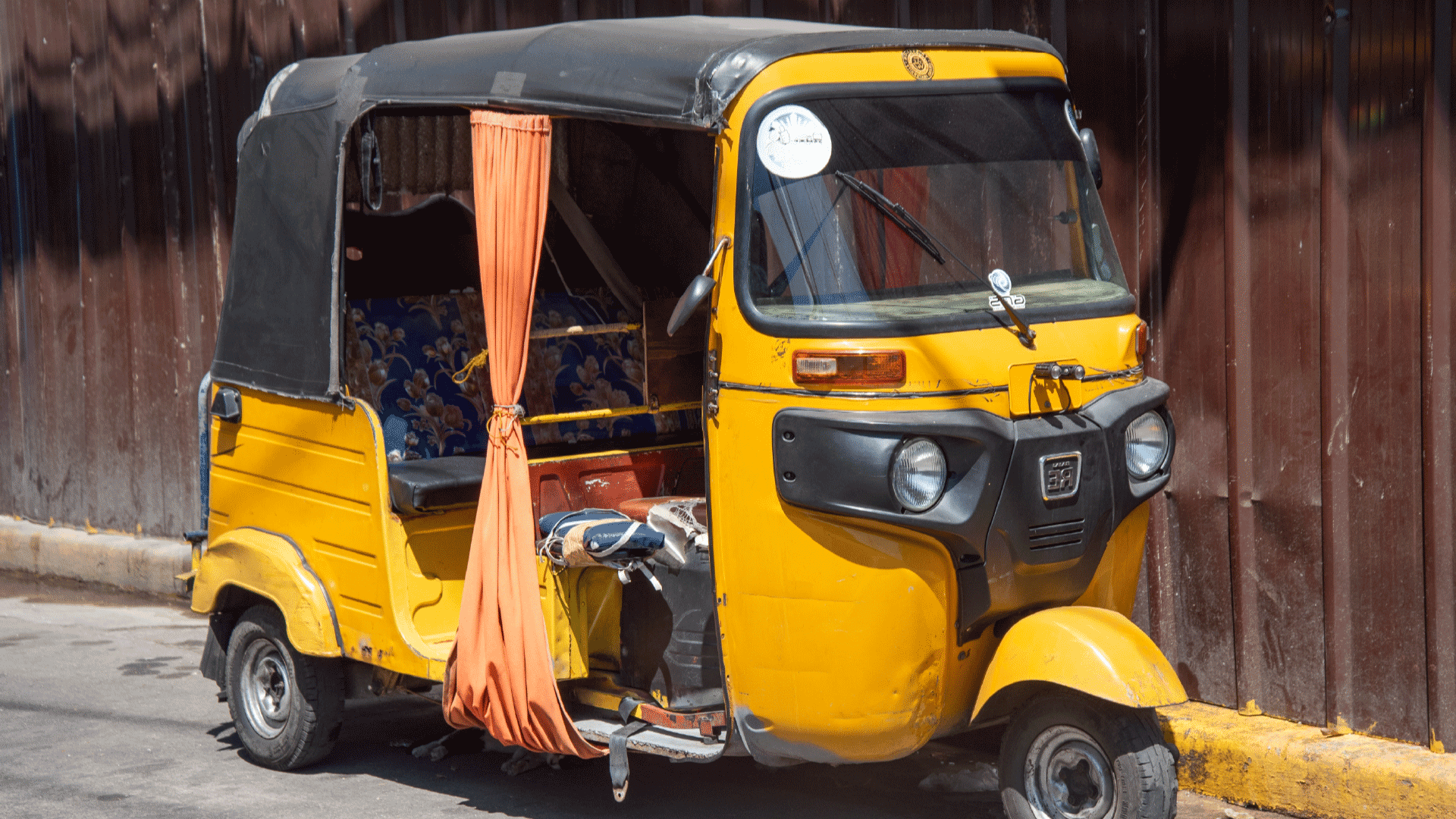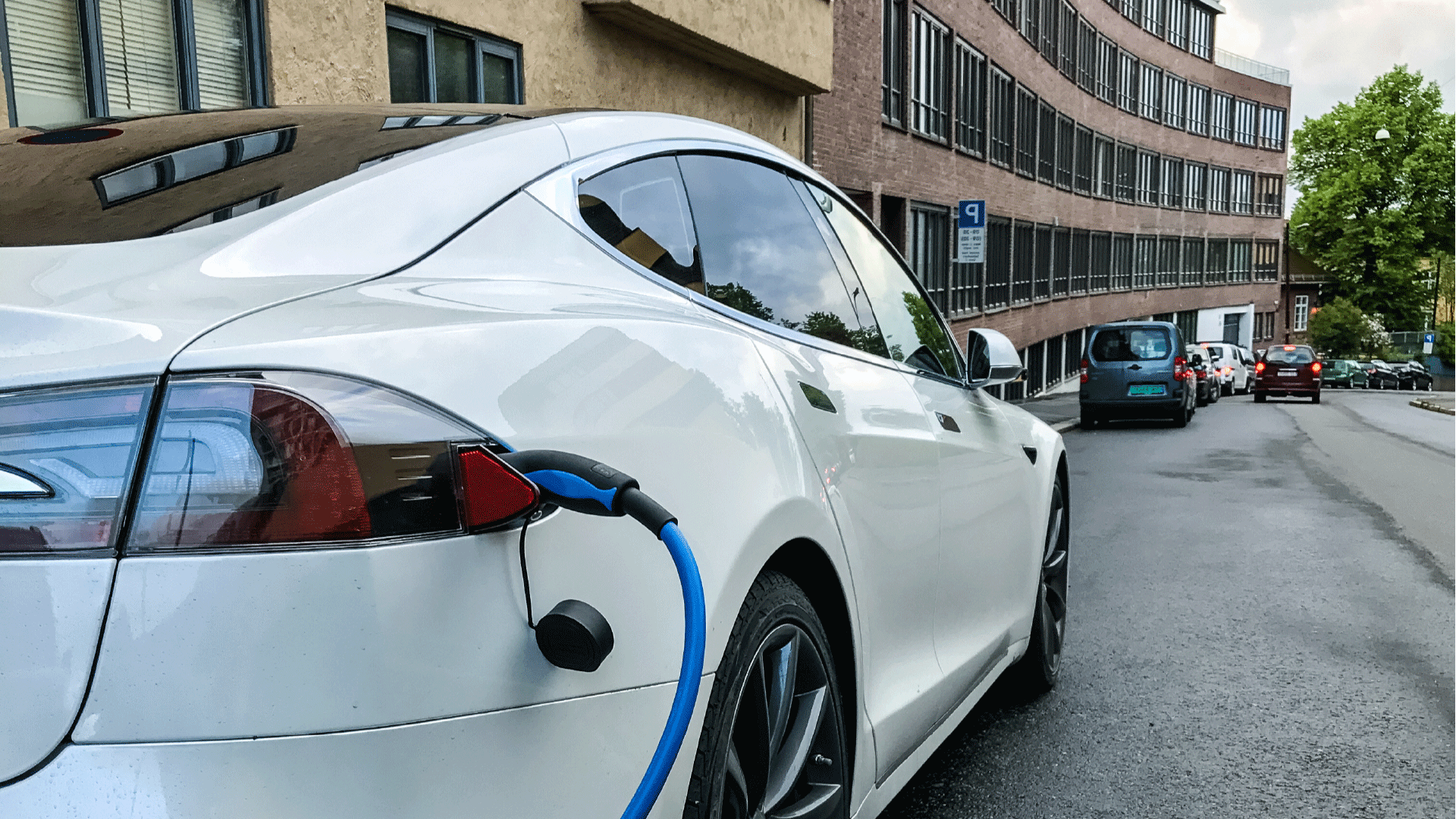5 Global Trends Reshaping Clean Energy — and What They Mean for the Philippines
The global energy landscape is undergoing a dramatic transformation, and the Philippines stands at a critical juncture. As the world rapidly shifts toward cleaner, more sustainable energy sources, understanding these mega-trends isn't just about staying informed—it's about positioning our nation for success in the new energy economy.
Here are the five most crucial global trends reshaping clean energy and their profound implications for the Philippines.
1. Solar Power's Unstoppable Rise: The Philippines' Golden Opportunity
Solar energy has officially become the undisputed champion of global energy expansion. In 2024, solar power broke multiple records, becoming the fastest-growing energy source worldwide and the engine driving the global energy transition.
The Numbers Tell the Story
- The Philippines’ solar capacity jumped from just 2 MW in 2012 to 1,675 MW in 2023
- 794.34 MW of renewable energy was installed in 2024, surpassing the total of 759.82 MW installed from 2021 to 2023
- By the end of 2024, the Philippines had 2.97 GW of cumulative installed solar capacity, up from 1.8 GW in 2023.
What this means for the Philippines
The Philippines boasts a daily power generation capacity of 4.5 to 5.5 kWh per square meter, making it one of the world's most abundant solar resources. This natural advantage positions the country to become a regional solar powerhouse. With solar costs plummeting and efficiency improving, Filipino families and businesses can now access affordable, clean electricity like never before.
The government's renewable energy targets suddenly look not just achievable, but conservative. Remote islands that have long relied on expensive diesel generators can leapfrog directly to solar and storage systems, bringing reliable electricity to previously underserved communities.
The opportunity: The Philippines could emerge as Southeast Asia's solar manufacturing and installation hub, creating thousands of jobs while dramatically reducing energy costs across the archipelago.

2. The $3.3 Trillion Global Energy Investment Boom: Riding the Wave
Global energy investment is set to reach a record $3.3 trillion in 2025, with clean energy technologies capturing $2 trillion of this massive capital mobilization. This represents the largest shift of investment capital toward sustainable energy in human history.
The Investment Reality
- Clean energy investment hit $2 trillion in 2024, double the amount going into fossil fuels
- Clean energy investments in emerging markets approached $320 billion in 2024, up 50% since 2020
- Solar PV is expected to account for 25% of total installed generation capacity by 2035 in the Philippines
What this means for the Philippines
This investment boom presents a once-in-a-generation opportunity for the Philippines to attract foreign direct investment, develop domestic clean energy industries, and modernize its energy infrastructure. International development banks, climate funds, and private investors are actively seeking projects in emerging markets with strong renewable energy potential.
The Philippines' strategic location, English-speaking workforce, and abundant renewable resources make it an attractive destination for this capital. However, the window of opportunity is finite—countries that move quickly to create investor-friendly policies and streamlined approval processes will capture the lion's share of this investment.
The opportunity: By positioning itself as the clean energy investment destination of choice in Southeast Asia, the Philippines could attract billions in foreign investment, creating jobs and accelerating its economic development while building a sustainable energy future.

3. AI-Powered Energy Systems: The Smart Grid Revolution
Artificial intelligence is revolutionizing how we generate, distribute, and consume energy. AI algorithms now predict renewable energy availability with unprecedented accuracy, optimize grid operations in real-time, and enable dynamic energy management that maximizes efficiency while minimizing costs.
What this means for the Philippines
The Philippines stands at a crossroads with significant energy challenges and opportunities. Currently, the country relies on fossil fuels for 79% of its electricity generation, with wind and solar comprising only 3.8% of the energy mix—well below the global average of 15%. However, electricity consumption per capita reached 1,095 kWh in 2024, an 8% increase from the previous year, highlighting growing energy demand that clean energy can help meet sustainably.
For a country prone to typhoons and extreme weather events, AI-powered energy systems offer remarkable resilience. These systems can predict disruptions, automatically reroute power, and restore service faster than ever before. Rural communities can benefit from AI-optimized microgrids that learn their usage patterns and automatically adjust generation and storage.
The opportunity: The Philippines could become a testbed for cutting-edge AI energy technologies, attracting tech companies and researchers while building the most advanced energy grid in Southeast Asia.

4. Energy Storage Revolution: Solving the Archipelago Challenge
The global demand for energy storage is exploding, driven by the need to store renewable energy when the sun isn't shining and the wind isn't blowing. Battery costs are plummeting while performance improves dramatically, making large-scale energy storage economically viable for the first time.
Philippines Storage Pipeline Shows Massive Scale
- The Philippines plans at least 20GW of energy storage deployments under its 2023-2050 Energy Plan scenarios
- At least 590MW of battery energy storage was commissioned in 2024 alone
- The government fast-tracked the "world's largest" solar-plus-storage project: Terra Solar's 3,500MW solar facility paired with 4,500MWh battery storage
- Recent auction rounds awarded 7,500MW of capacity including major pumped hydro energy storage (PHES) projects totaling 6,950MW
What this means for the Philippines
Energy storage is particularly transformative for archipelagic nations like the Philippines. The Department of Energy has positioned energy storage at the "forefront of our energy storage needs," recognizing that remote islands can now store solar energy during the day and use it at night, eliminating dependence on expensive diesel generators.
The government's renewable energy policies and rural electrification initiatives are driving this battery storage push, with ambitious targets of 35% renewables by 2030 and 50% by 2040. Major international players like Fluence have already begun commercial operations with 470MW of battery storage projects, demonstrating the market's viability.
The opportunity: The Philippines could develop a world-class energy storage industry, manufacturing batteries locally while becoming a showcase for how island nations can achieve energy independence through renewable energy and storage.

5. Industrial Policy Integration: Aligning Energy with Economic Development
Governments worldwide are recognizing that energy transition isn't just about environmental goals—it's about economic competitiveness, job creation, and industrial development. The most successful countries are integrating their energy policies with broader economic and industrial strategies.
Philippines Policy Framework Taking Shape
- The Philippines launched its comprehensive Energy Transition Strategies under the Philippine Energy Plan 2023-2050 in November 2023
- The Philippine Development Plan 2023-2028 emphasizes "deep economic and social transformation to reinvigorate job creation" through inclusive growth
- Over 350,000 renewable energy jobs could be created by 2030, providing opportunities for displaced fossil fuel workers
- The power sector accounts for 58% of the country's carbon emissions, making it central to national climate targets
- Current clean energy capacity stands at 8.2GW, with at least 4GW of additional projects expected online throughout 2024
What this means for the Philippines
The Philippines has strategically positioned energy transition as a catalyst for broader economic development. The government's coal moratorium and renewable energy targets create a clear pathway for industrial transformation, while the country's English-speaking workforce and strategic location make it attractive for clean energy manufacturing and services.
The OECD's Clean Energy Finance and Investment Roadmap specifically identifies the Philippines as a priority market, noting that the power sector will be "an important driver of domestic emission reduction efforts" to meet national targets.
The opportunity: By aligning energy transition with industrial policy, the Philippines can create a cycle where clean energy development drives economic growth, which in turn funds further energy transition, positioning the country as a clean energy leader in Southeast Asia.

The Path Forward: Seizing the Moment
These five trends represent more than just changes in the energy sector—they represent a fundamental shift in how nations build prosperity in the 21st century. The Philippines stands at a crossroads. It can either seize these trends as opportunities to leapfrog to a clean energy future, or risk being left behind as other nations capture the benefits of the new energy economy.
The choice is clear, and the time is now. The global clean energy transformation is happening with or without the Philippines. The question is whether the country will be a leader or a follower in this historic transition.
The elements for success are all in place: abundant renewable resources, a strategic location, a skilled workforce, and growing international support for clean energy development. What's needed now is the political will and strategic vision to turn these global trends into Filipino opportunities.







